This is all about Nakijin Castle Ruins you want to know.
Every information you get on this site will be from a credible source based on Japanese history (books for reference).
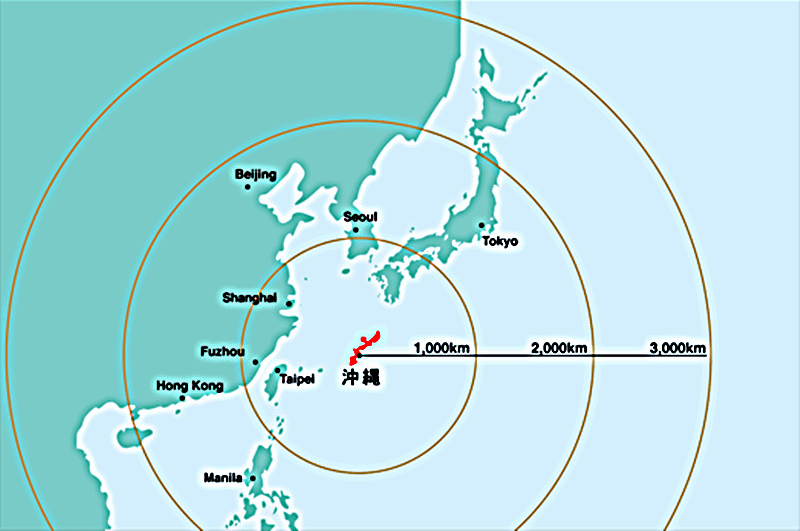
Okinawa, home to Nakagusuku Castle, consists of more than 150 islands in the East China Sea, between Taiwan and Honshu. Known for its tropical climate, vast beaches and coral reefs, and World War II sites. There is The Okinawa Prefectural Peace Memorial Museum, built to pass on the massive 1945 invasion of the Allied Forces to future generations, and Okinawa Churaumi Aquarium with whale sharks and manta rays in Okinawa's largest island, Okinawa Island,
Profile : Nakijin Castle Ruins
| Location | Nakijin village, Kunigami District, Okinawa Prefecture |
| Also known as | Hokuzan Gusuku(Gusuku means a unique castle in Okinawa Prefecture ) |
| Type of castle | Mountaintop |
| Mountain's name | ー |
| Elevation | about 100m |
| Condition | Ruins |
| Designation | World Heritage National Historic Sites |
| Year built | end of 13th century |
| Abolished | 1665 |
| Castle lord | Prince Wakugawa |
| Refurbishment lord | ー |
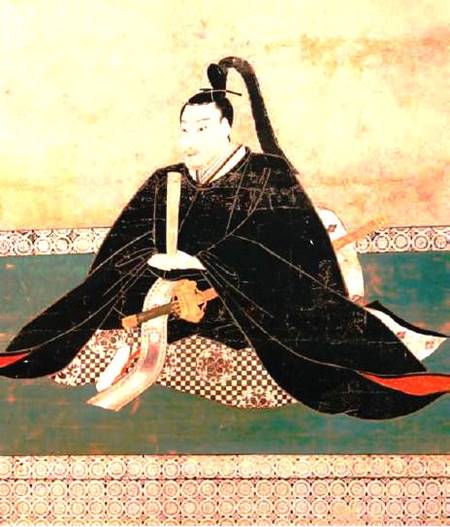
the first lord of Satsuma Clan invaded the Ryūkyū Kingdom in Okinawa under the order of the Tokugawa Shogunate
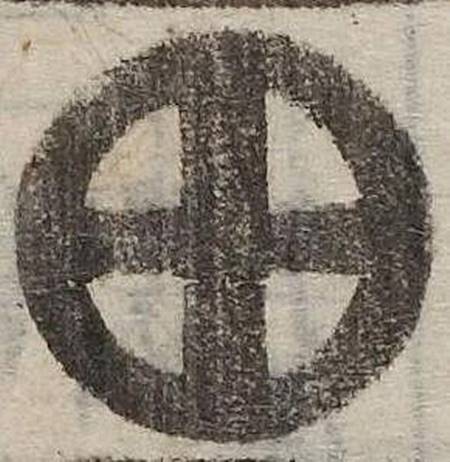
adapted from "Classical Japanese National Data Set" (Kokubunken Collection)
The family crest was originally created from the pattern that the emperor and the royal family put on the kimono, and the pattern was made into a fixed pattern, and the one attached to his own oxcart is said to be the beginning of the family crest. The warlords drew large crests on the flag-fingers, used to distinguish enemy views on the battlefield, and used by the generals to determine which warlords were active and how much.
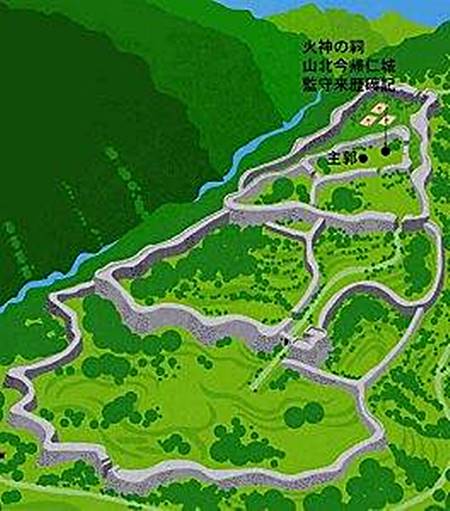
Nakijin Castle admission
admission fee : 400yen (Adult) 300yen(junior high and elemetary school students) for free (under elementary school students)
admission time : (May 1- August 31) : am8-pm7 (other season) : am8-pm6
closing period : open everyday reference official site
Nakijin Castle Google Map
Nakijin Castle Images
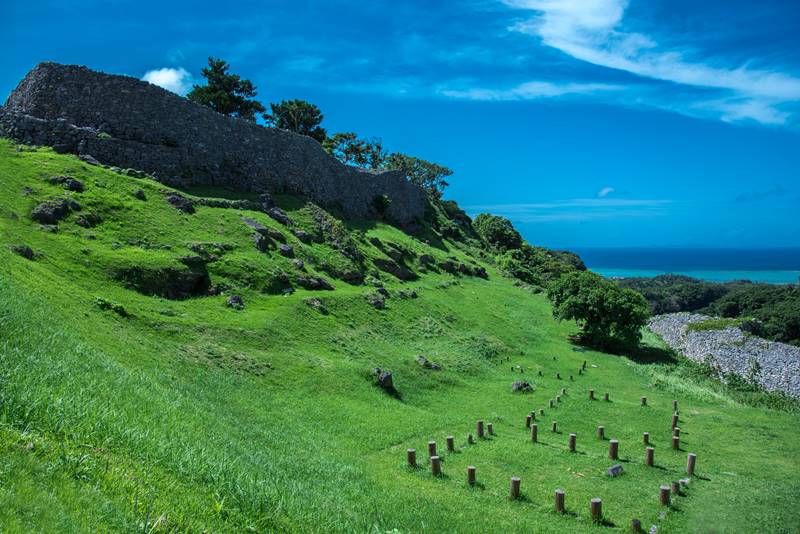
Haneji Clan and others ruled the area in honor of Hokuzan, but were destroyed by the King-Shōhashi, and were later attacked by the Satsuma army and were destroyed.
It is estimated that Shō Clan were actively trading with China so that many Chinese ceramics have been unearthed from Honmaru.

The folding screen-shaped stone wall with the undulating waves called the "hundred bends" is beautiful and has no blind spots. It is estimate that Ōsumi, according to lore, is a training ground for soldiers.
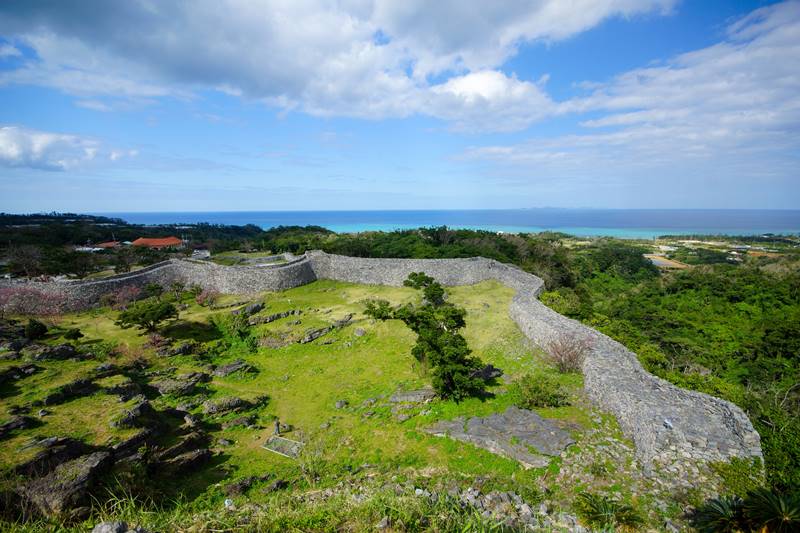
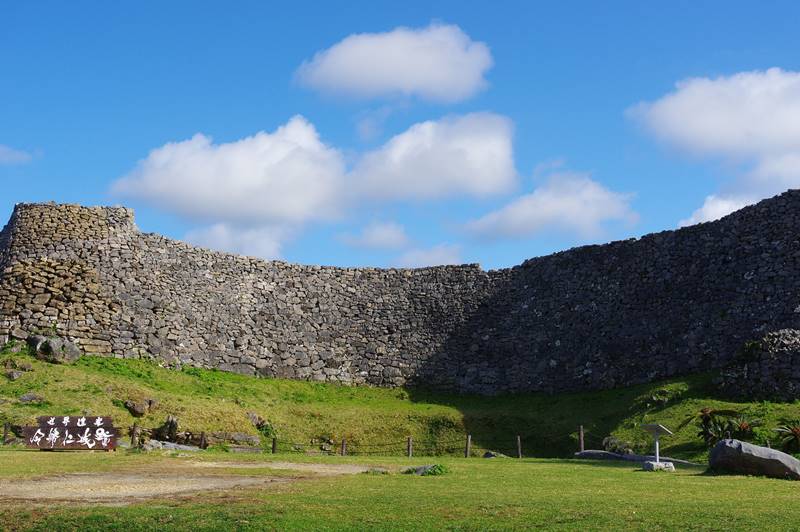
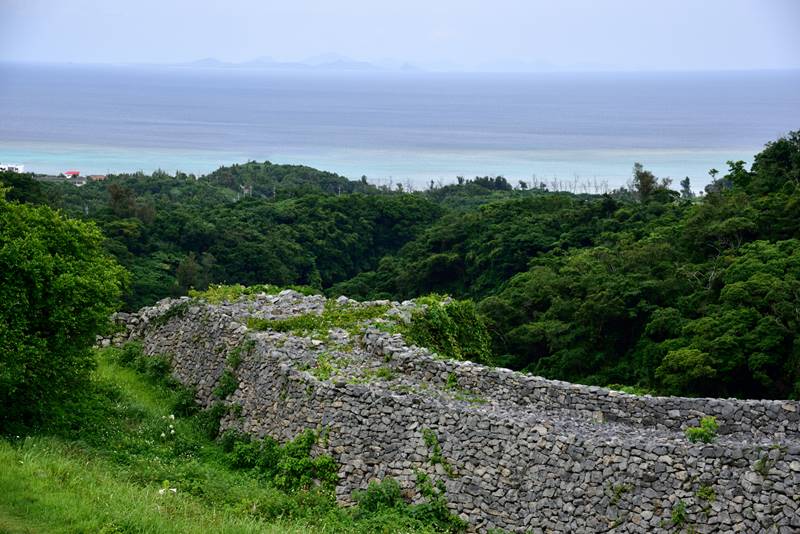
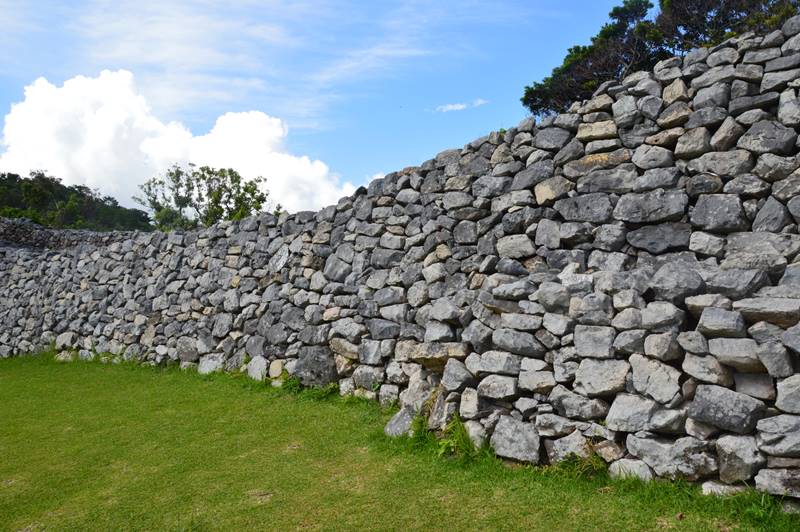
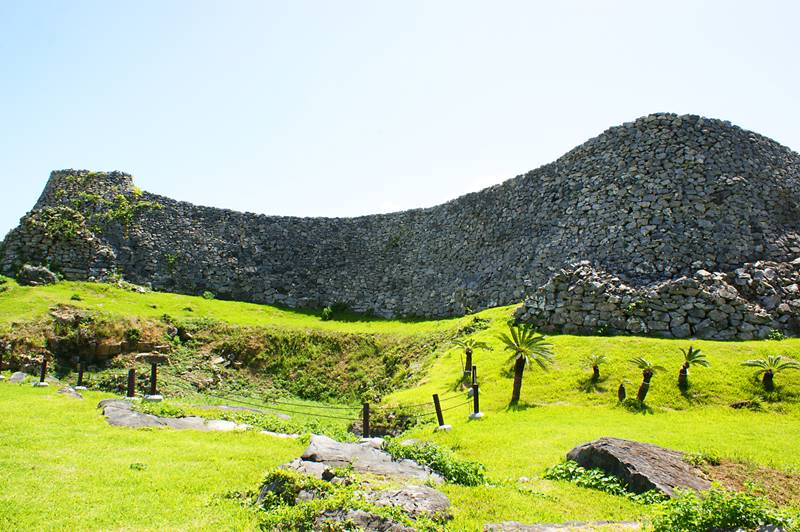

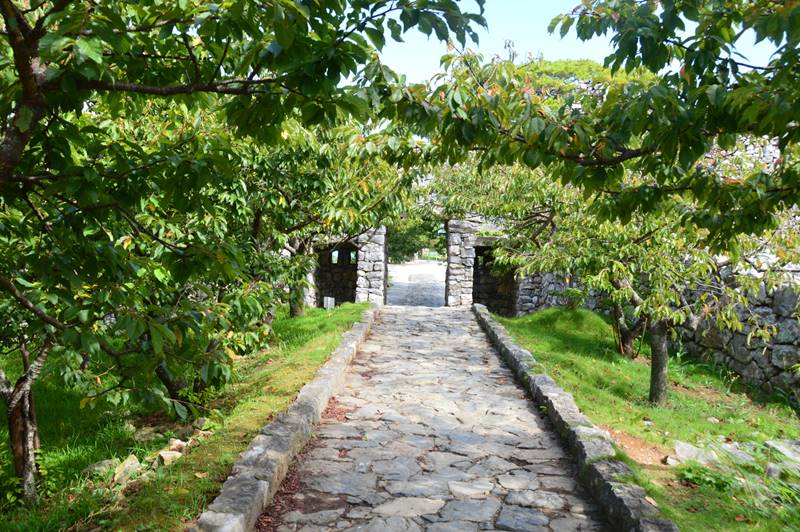
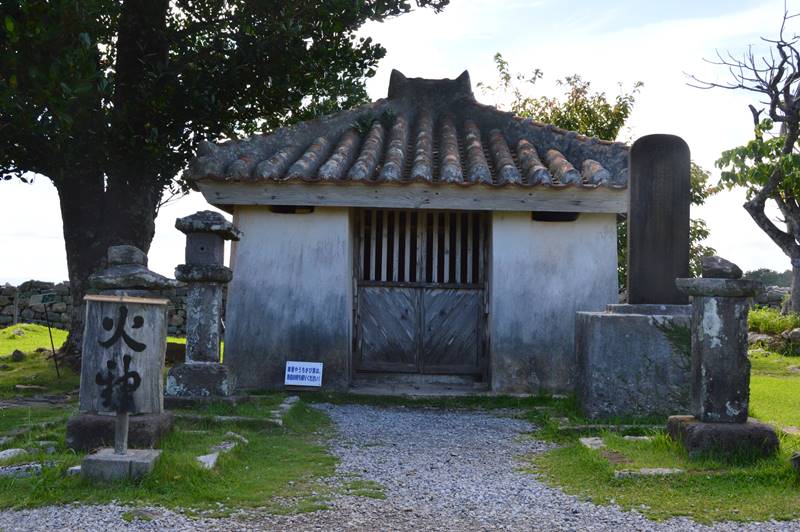
The god of fire deeply connected to the Ryūkyū royal family is enshrined, thought to have been installed around 1665.
Link : World Heritage Sites
【west japan】Nijō Castle 【south japan】Shuri Castle 【south japan】Nakagusuku Castle 【south japan】Nakijin Castle
